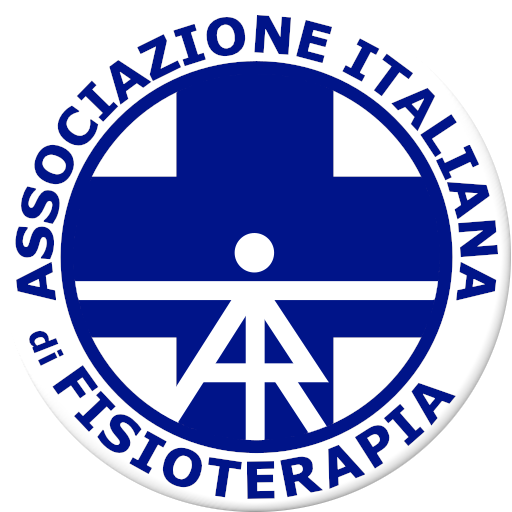Le onde d’urto modulano l’eccitabilità corticospinale: un proof of concept per nuove applicazioni riabilitativi?
Shock waves modulate corticospinal excitability: a proof of concept for further rehabilitation purposes?
Introduction
Focused extracorporeal shock wave therapy (fESWT) is a physical therapy consisting in the application of a rapid sequence of single acoustic pulses directed to a target area1. The mechanisms of action has been vastly studied for various musculoskeletal disorders2. However, despite this considerable knowledge, the effect of fESWT on the central nervous system is still to be determined3, and the current knowledge comes mainly from studies on spasticity4. In this study, we try to elucidate possible neurophysiological mechanisms of fESWT action, both spinal and supra-spinal level, in order to widen the spectrum of its clinical applications.
Methods
In this proof-of-concept clinical study, ten healthy subjects were assessed before (T0), after (T1) and seven days after (T2) a single session of fESWT (1000 impulses to the right tibialis anterior belly muscle). Motor evoked potentials (resting motor threshold – RMT, maximal motor evoked potential and maximal compound muscle action potential ratio – MEPmax/CMAPmax ratio, cortical silent period – cSP, total conduction motor time – TMCT, direct and indirect central motor conduction time – dCMCT and iCMCT) and H-reflex (threshold, amplitude, maximal H reflex and maximal compound muscle action potential ratio – Hmax/CMAPmax amplitude ratio, latency) were considered as outcomes. RM-ANOVA with Holm-Bonferroni Post Hoc test was used to assess the effect of the treatment, and Pearson correlation coefficient to evaluate the relationship between the variation of RMT, cSP and Hr threshold.
Results
RMT significantly decreased from T1 (0.53 ± 0.02, mean ± S.E.) to T2 (0.49 ± 0.01, mean ± S.E.) (p < 0.05, Holm-Bonferroni Post Hoc test). H-reflex threshold increase from T0 (10.46 ± 1.64, mean ± S.E.) to T1 (12.61 ± 1.85, mean ± S.E.) (p < 0.05, Holm-Bonferroni Post Hoc test). Analysis disclosed a strong negative correlation between ∆3 cSP (i.e., T2 – T1 recordings) and ∆1 Hr threshold (i.e., T1 – T0 recordings) (r= – 0.66, p< 0.05), and a positive strong relationship between ∆3 cSP and ∆3 Hr threshold (r=0.63, p < 0.05).
Discussion and Conclusion
fESWT modulated the corticospinal tract excitability in healthy volunteers, possibly driving cortical effects as suggested by changes in RMT over time. Overall, from a functional perspective, the excitability of corticospinal pathways seems to have an early inhibition immediately after fESWT with a later facilitation after one week, as suggested by the correlation between Hr and cSP variations among different time intervals. Although preliminary, these results might expand the mechanisms knowledge and clinical use of fESWT.
REFERENCES
1 Choi, M. J. et al. Ultrasonics 110, 106238 (2021)
2 Romeo, P. et al. Med. Princ. Pract. Int. J. Kuwait Univ. Health Sci. Cent. 23, 7–13 (2014)
3 Dymarek, R. et al. Clin. Interv. Aging 15, 9–28 (2020)
4 Yang, E. et al. J. Clin. Med. 10, 4723 (2021)
